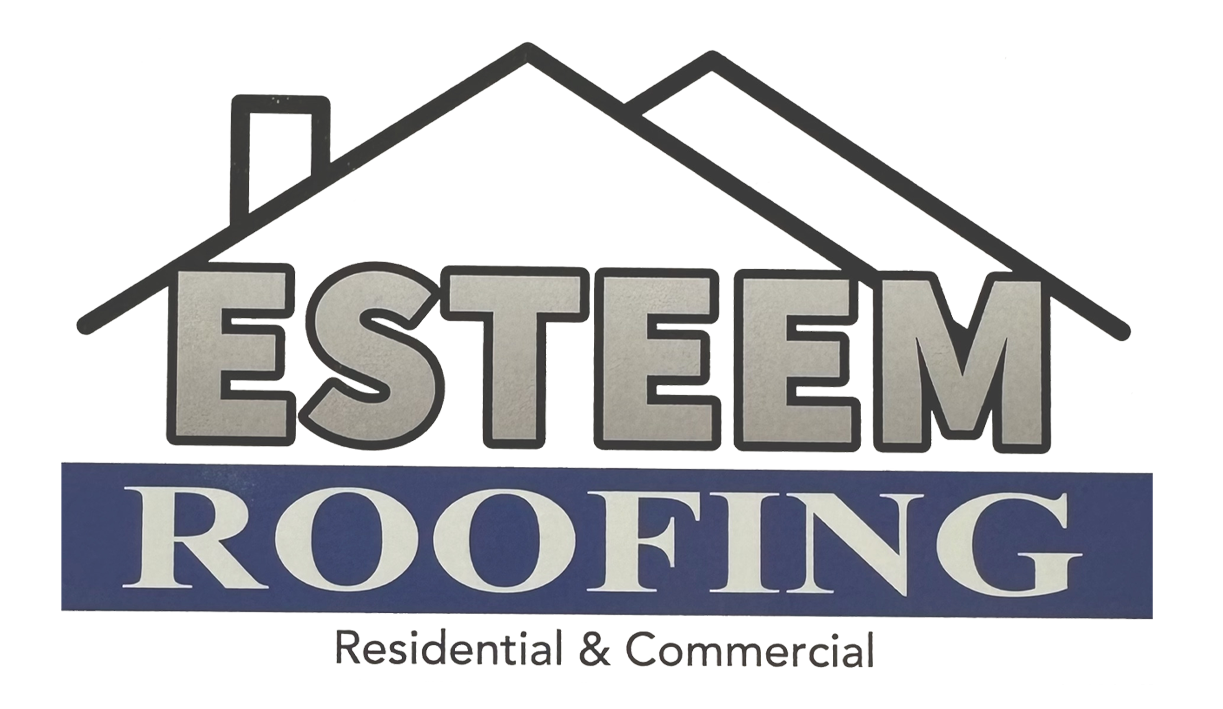F.A.Q
Here are the top ten frequently asked questions (FAQs) for TPO, Metal, and Flat Roofing Services:
Q: What is TPO roofing, and how does it compare to other roofing materials?
TPO (Thermoplastic Olefin) roofing is a single-ply membrane that offers excellent durability, energy efficiency, and resistance to UV rays and weathering. Compared to traditional asphalt or other roofing systems, TPO is lightweight, cost-effective, and environmentally friendly. It is ideal for flat or low-slope roofs and offers superior performance against punctures, tears, and chemical exposure.
Q: What are the benefits of a metal roof?
Metal roofs are known for their longevity, energy efficiency, and resistance to extreme weather conditions. They are fire-resistant, durable, and can last 50 years or more with minimal maintenance. Metal roofs also reflect heat, reducing energy costs, and are available in a variety of styles and colors to enhance your building's curb appeal.
Q: Is TPO roofing energy-efficient?
Yes! TPO roofing is highly energy-efficient due to its reflective surface, which helps reduce cooling costs by reflecting UV rays and heat away from the building. This makes it an ideal choice for commercial buildings or homes in warmer climates.
Q: Can a metal roof be installed over an existing roof?
In many cases, yes! Metal roofs can often be installed over your existing roof, eliminating the need for a costly tear-off. However, a professional evaluation is necessary to ensure that your current roof can support the new metal roofing system.
Q: How long does a TPO roof last?
A properly installed TPO roof typically lasts between 20 to 30 years, depending on factors such as climate, maintenance, and the quality of the installation. TPO roofs are designed to be durable, with UV resistance and resistance to chemicals, making them a long-lasting option for flat or low-slope roofs.
Q: What maintenance does a flat roof require?
Flat roofs, including TPO and other materials, require regular inspections and maintenance to ensure they remain in good condition. This includes checking for debris, cleaning the drainage system, inspecting seams for leaks, and resealing areas that may have been affected by wear and tear.
Q:What's the difference between TPO and PVC roofing?
TPO and PVC are both single-ply roofing systems, but TPO is typically more flexible and less expensive, while PVC is more resistant to harsh chemicals and extreme weather conditions. PVC tends to be a better choice for environments with high chemical exposure, but TPO is more cost-effective and offers good overall performance.
Q: Is a metal roof noisy when it rains or snows?
A common misconception is that metal roofs are noisy during rain or snow. However, modern metal roofs are designed with sound-dampening materials, and when installed correctly with insulation, they are no noisier than other roofing systems. The quality of the installation is key to minimizing any potential noise.
Q: How do I know if my flat roof needs to be replaced or just repaired?
Signs that your flat roof may need replacement include extensive ponding water, significant leaks, visible damage or cracks, and aged or deteriorated materials. A professional roofing inspection can determine if repairs will suffice or if a full replacement is necessary.
Q: How much does a metal roof cost compared to other roofing materials?
While metal roofs may have a higher upfront cost than traditional asphalt shingles, they can offer significant savings over time due to their longevity and energy efficiency. A metal roof typically lasts 50 years or more, making it a cost-effective choice for long-term investment, especially considering its low maintenance and energy savings.
These FAQs address key concerns regarding TPO, Metal, and Flat Roofing services, providing potential customers with the information they need to make an informed decision.
Hours:
- Monday
- -
- Tuesday
- -
- Wednesday
- -
- Thursday
- -
- Friday
- -
- Saturday
- Appointment Only
- Sunday
- Closed
Our Services:
Copyright © Esteem Roofing | All Rights Reserved
Blanchard, OK 73010
